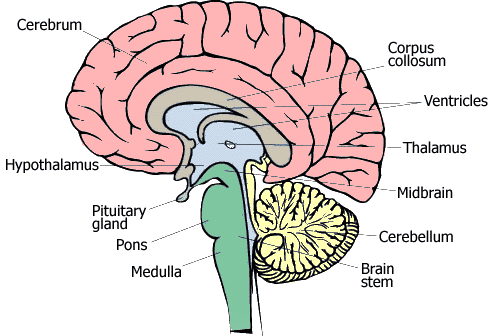Disorder
Panic disorder is a common and debilitating mental health condition that affects millions of people around the world. It is characterized by recurrent, unexpected panic attacks and persistent worry about having additional attacks. Panic disorder can have a significant impact on a person’s quality of life, leading to social withdrawal, career disruptions, and relationship problems. In this article, we will provide a comprehensive list of symptoms, discuss various treatments available, and delve into the impact of panic disorder on daily life. We will also explore the prevalence of this condition and successful treatment rates.

Symptoms
Symptoms of Panic Disorder
Panic disorder presents with a variety of physical and emotional symptoms, which typically emerge suddenly and peak within minutes. The main symptoms include:
-
Palpitations, pounding heart, or accelerated heart rate: The individual may feel their heart racing, skipping beats, or pounding in their chest.
-
Sweating: Profuse sweating is a common symptom during a panic attack, even in the absence of physical exertion or hot environments.
-
Trembling or shaking: Uncontrollable trembling or shaking of the body, especially in the hands and legs, may occur.
-
Shortness of breath or smothering sensations: The individual may feel like they cannot catch their breath or are being suffocated.
-
Chest pain or discomfort: Panic attacks can cause chest pain, which may be mistaken for symptoms of a heart attack.
-
Nausea or abdominal distress: Stomach upset, including nausea and cramps, can occur during a panic attack.
-
Dizziness, lightheadedness, or faintness: The person may feel unsteady or as if they are about to pass out.
-
Derealization or depersonalization: The individual may experience a sense of detachment from their body or surroundings, feeling as if they are not in reality.
-
Fear of losing control or going crazy: Panic attacks can lead to a fear of losing control, either over bodily functions or mental processes.
-
Fear of dying: Intense fear of imminent death may accompany a panic attack.
-
Numbness or tingling sensations: Panic attacks can cause sensations of numbness or tingling, typically in the fingers and toes.
-
Chills or hot flashes: Sudden chills or hot flashes may be experienced during a panic attack.
Treatment
Panic disorder can significantly disrupt an individual’s daily life, leading to:
-
Social isolation: Fear of experiencing panic attacks in public can result in avoidance of social situations and withdrawal from friends and family.
-
Work and career disruptions: Panic disorder can hinder job performance and may lead to missed
This is where the text for your Feature List Item should go. It's best to keep it short and sweet.
This is where the text for your Feature List Item should go. It's best to keep it short and sweet.
This is where the text for your Feature List Item should go. It's best to keep it short and sweet.
This is where the text for your Feature List Item should go. It's best to keep it short and sweet.
This is where the text for your Feature List Item should go. It's best to keep it short and sweet.